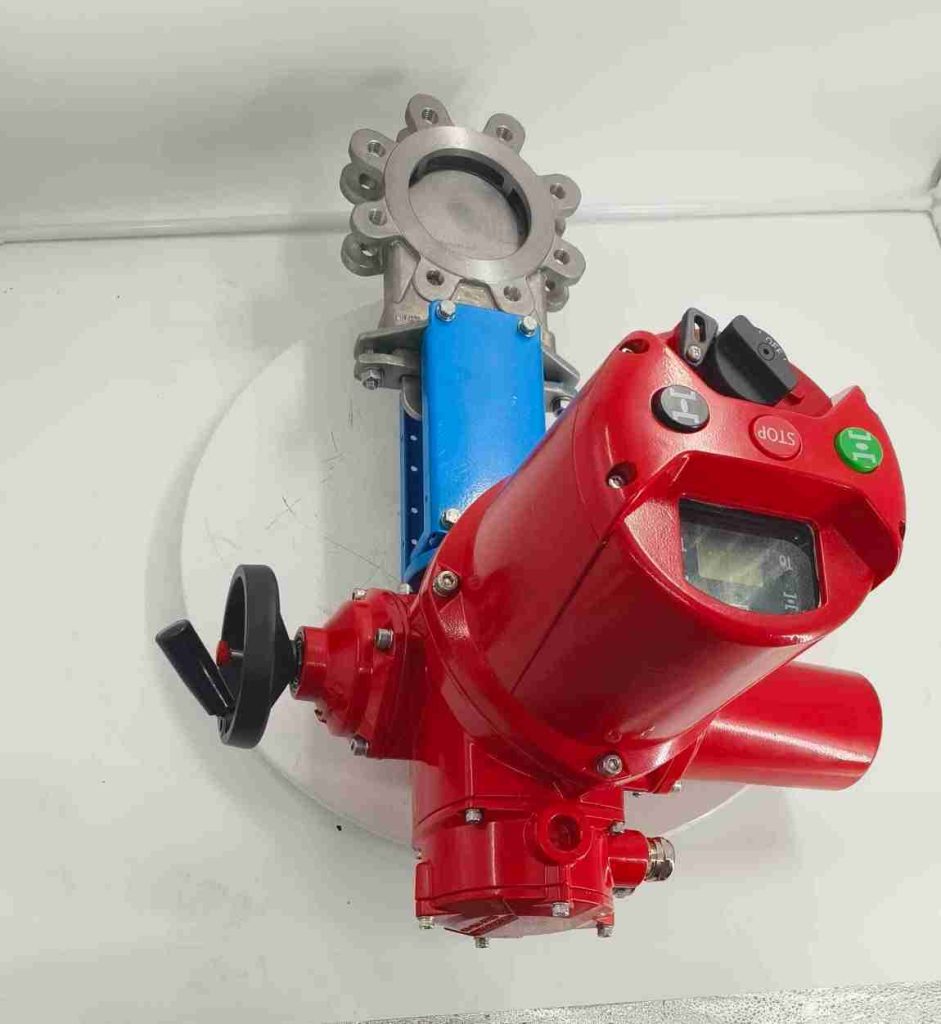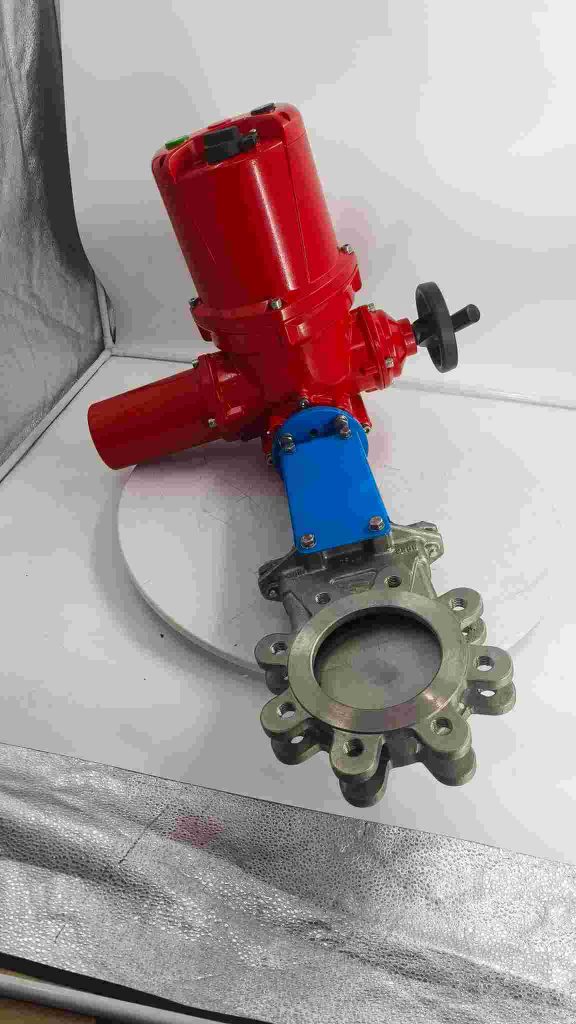Electric gate valves are essential devices used in fluid control systems to regulate the flow of various liquids and gases. These valves combine the traditional gate valve mechanism with electric actuators, allowing for more precise control, automation, and remote operation. They are widely used in industries such as oil and gas, water treatment, chemical processing, power generation, and HVAC systems. In this article, we will explore the working principles, applications, advantages, and considerations when selecting an electric gate valve.

Working Principle of Electric Gate Valves

A gate valve is a type of valve that uses a wedge-shaped gate to control the flow of media through a pipeline. When the valve is opened, the gate moves away from the flow path, allowing fluid to pass through with minimal resistance. Conversely, when the valve is closed, the gate seals off the flow path, stopping the flow entirely. An electric gate valve incorporates an electric actuator that automates the opening and closing of the valve. The actuator is powered by an electric motor, which drives a stem connected to the valve gate. The actuator receives signals from a control system, which can be operated manually or remotely. Depending on the application, the electric actuator may offer features such as variable speed control, precise positioning, and integration with automated control systems.
